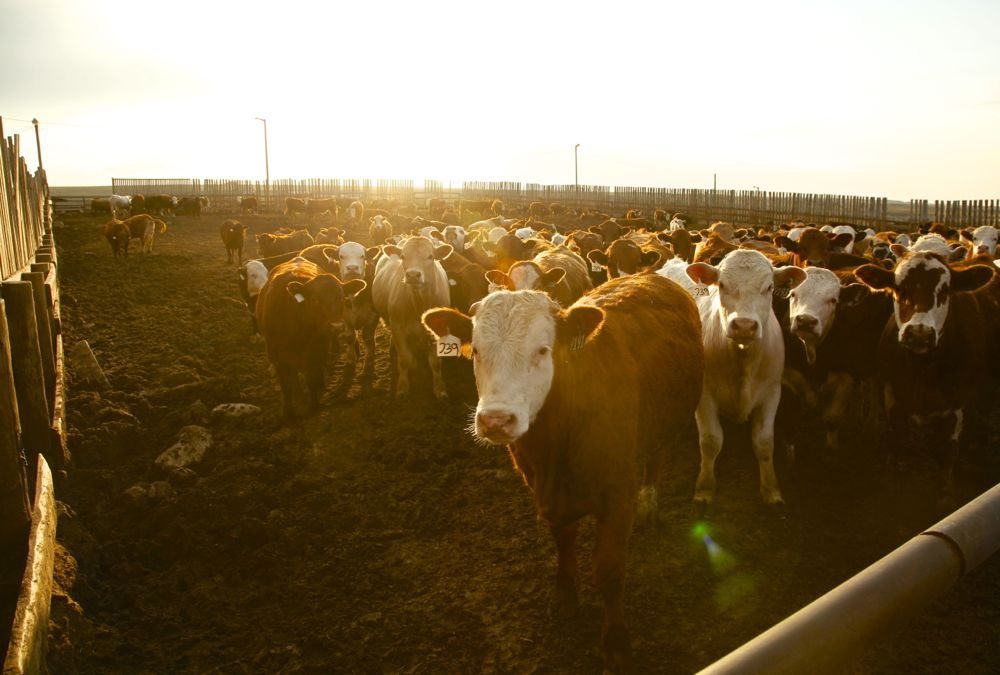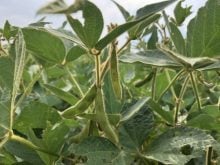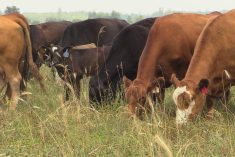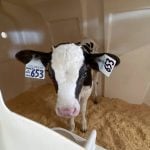Compared to last week, western Canadian yearling prices were down $3-`$5 on average while calves were unchanged to down $2. Sales were characterized by low volumes and limited buying interest.
Feedlot operators are hesitant to step forward in the current environment, with packing plants on both sides of the border reducing capacity. At the same time, cattle on feed inventories were nine per cent above the five-year average as of April 1. Major operations are holding a fair amount of fed cattle and they’ll likely have to hold onto these animals longer than anticipated. Additional costs are piling up while the fed market continues to deteriorate. Backgrounding operators have held back on sales but many are throwing in the towel bringing cattle to market, especially if they partook of the price insurance program. Many cow-calf operators are looking to hold calves through the summer but there are still decent volumes of grassers available.
Read Also
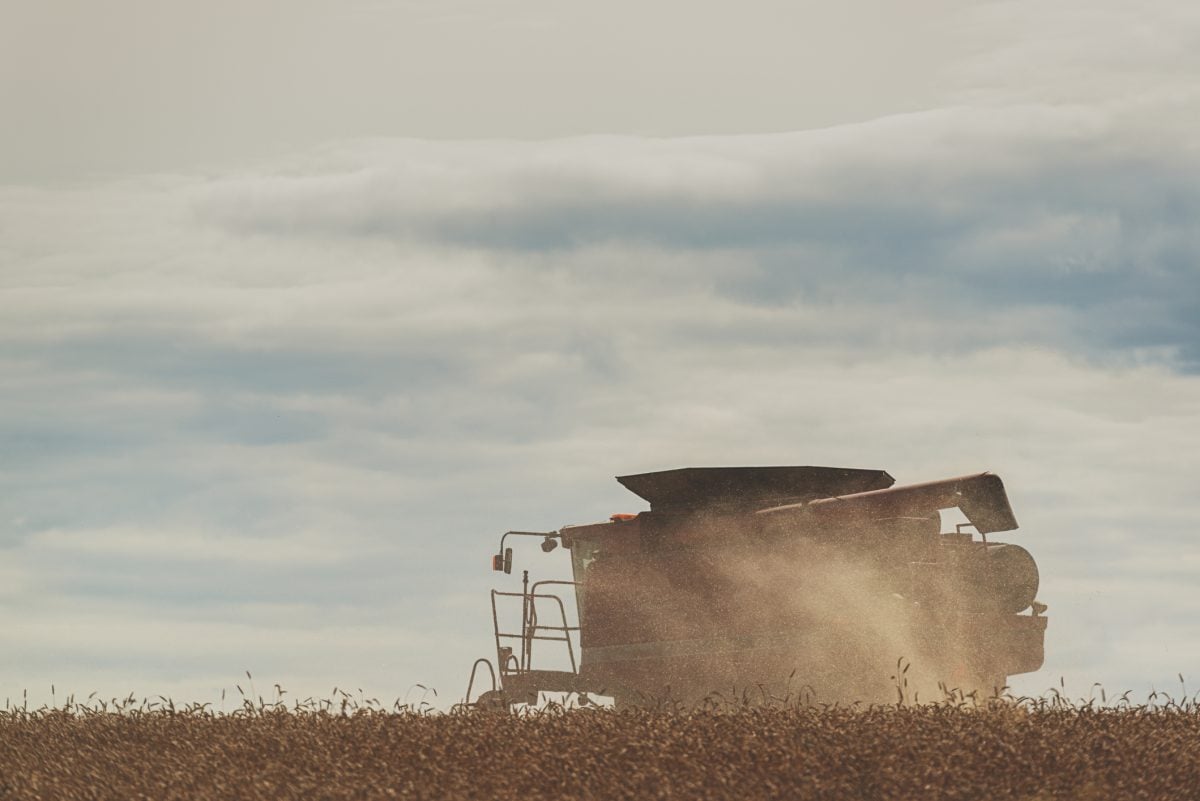
Argentina’s “mega” wheat crop to hit record level, exchange says
Argentina’s 2025/26 wheat crop is projected to reach a record level, the Rosario Grains Exchange said on Wednesday, as the crop records higher yields during the ongoing harvest.
Yearling prices were flat across the prairies. In central Alberta, medium- to larger-frame Simmental-blended steers with lower flesh levels weighing 810 lbs. were quoted at $165; in western Manitoba, black Limo-based steers averaging 815 lbs. were valued at $166. Heavier yearlings were under pressure as mixed steers weighing 880 lbs. were reported at $149 in southern Alberta. These yearlings don’t pencil a profit with the weaker live cattle futures, so it’s tough to place a value on the cattle under the current conditions.
North of Calgary, black steers weighing 570 lbs. were valued at $224 while just south of Edmonton, 590-lb. steers averaging 590 lbs. were quoted at $205. In southern Manitoba, red Simmental steers weighing 550 lbs. were reported at $219 and in central Saskatchewan Charolais mixed steers weighing just under 600 lbs. were reported at $209. The market was choppy and quite variable. Heifer calves took second stage with discounts widening during the week.
Grass conditions are fairly good across the Prairies and there is bound to be a surplus of feed grains next fall with the anticipating of larger Canadian barley and U.S. corn crops. These lighter weights will only come on the fed market in the final quarter of 2020 or first quarter of 2021 and buyers believe the COVID-19 experience will be history by this time. The “hope” factor that better conditions are coming appears to be one bright spot in the cattle complex. Talk of North America reopening tends to give the feeder futures are shot of adrenaline.
— Jerry Klassen manages the Canadian office of Swiss-based grain trader GAP SA Grains and Produits Ltd. and is president and founder of Resilient Capital, specializing in proprietary commodity futures trading and market analysis. Jerry consults with feedlots on risk management and writes a weekly cattle market commentary. He can be reached at 204-504-8339 or via his website at ResilCapital.com.

